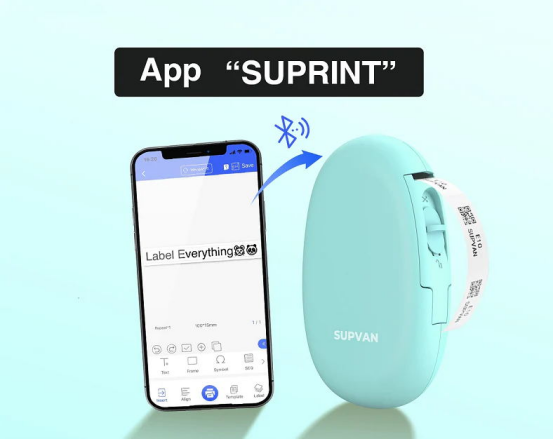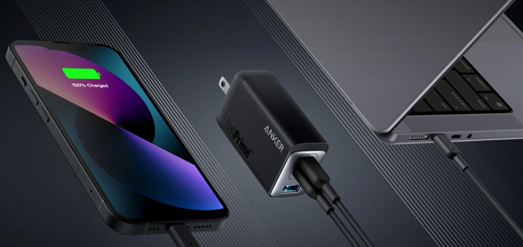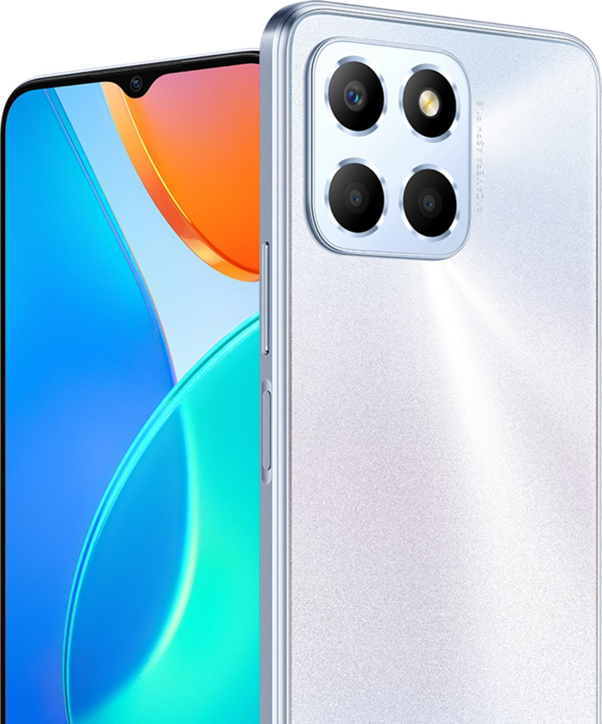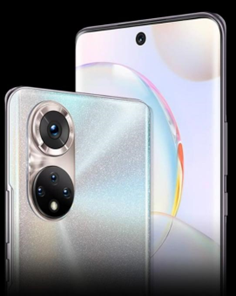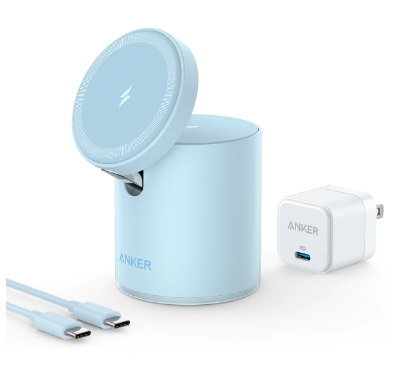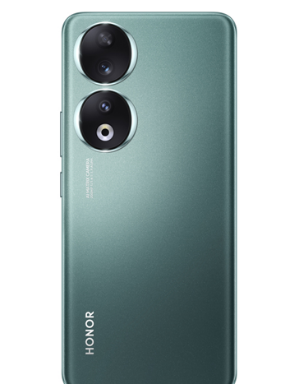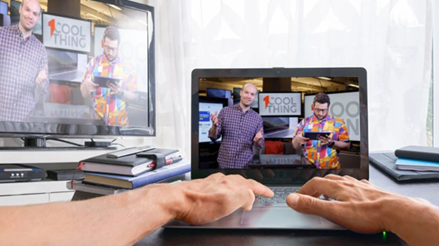
By cuterose
How to Connect a Laptop to a TV Screen: Full Guide
Connecting your laptop to a TV screen can significantly enhance your viewing experience, whether you’re streaming content, giving a presentation, or simply enjoying media on a larger screen. With multiple connection methods available, such as HDMI, wireless casting, and streaming devices, it’s essential to choose the right option based on your laptop and TV capabilities. This guide will walk you through the process for each method, ensuring a smooth and seamless connection from start to finish. If you're unsure about the best approach, check out this detailed tutorial on How to Connect a Laptop to a TV Screen for more guidance.

Connect Laptop to TV via HDMI Cable
Using an HDMI cable is one of the most straightforward methods to connect a laptop to a TV. It offers excellent video and audio quality with minimal setup.
Choose the Correct HDMI Port on the TV
Ensure you connect the HDMI cable to the correct port on your TV. Most modern TVs have multiple HDMI ports, typically labeled HDMI 1, HDMI 2, and so on. Make sure to choose the port that corresponds to the input you plan to switch to. Some TVs may have special settings for certain HDMI ports, such as 4K or enhanced audio. Check your TV’s manual for specific details.
Use the Right Cable for Your Laptop’s Output
Different laptops have varying HDMI outputs, such as standard HDMI, mini HDMI, or USB-C to HDMI. Ensure you use the correct cable type to match your laptop’s output port. A typical HDMI cable works for most laptops with standard HDMI ports, but if your laptop uses USB-C or mini HDMI, you’ll need an adapter. Always double-check the cable compatibility to avoid connection issues.
Switch Input Source and Adjust Display Settings
After connecting the HDMI cable, switch your TV’s input source to the corresponding HDMI port. You can do this using the TV remote or the settings menu. Next, adjust your laptop’s display settings by right-clicking on the desktop, selecting "Display Settings," and choosing how you want the screen to appear (duplicate, extend, or second screen only). This ensures that the content is correctly projected onto your TV.
Connect Laptop to TV Wirelessly
If you prefer to go cable-free, wireless connection options like Miracast or AirPlay allow you to link your laptop to a TV. Here’s how to do it.
Use Built-in Casting Tools Like Miracast or AirPlay
Many laptops come with built-in casting tools such as Miracast (for Windows) or AirPlay (for Apple devices). These tools allow you to wirelessly project your screen to a compatible TV or streaming device. On your laptop, open the display settings or use the “Connect” option on Windows or AirPlay on Mac to find your TV. Simply select your TV, and your laptop’s screen will start displaying on it.
Ensure Both Devices Share the Same Wi-Fi Network
For wireless casting to work, your laptop and TV must be connected to the same Wi-Fi network. Make sure both devices are on the same wireless network by checking their Wi-Fi settings. If you're using a smart TV, enable its screen mirroring or casting feature to ensure it’s ready to receive the signal from your laptop. A stable Wi-Fi connection ensures smoother performance during streaming or mirroring.
Start Wireless Projection or Duplicate Display
Once the devices are connected to the same Wi-Fi network, select the option to either duplicate or extend your display on the laptop. On Windows, this can be done through the “Project” option in Display Settings. On a Mac, use the AirPlay menu. The laptop’s screen will now be displayed on your TV. You may need to adjust display settings if you notice any lag or quality issues.
Use Streaming Devices to Link Laptop and TV
Streaming devices like Google Chromecast or Roku can help connect your laptop to the TV, providing easy access to streaming services and media.
Plug in the Streaming Stick or Box to the TV
Insert a streaming stick or box, such as Google Chromecast or Roku, into the HDMI port of your TV. Ensure the device is properly powered, and follow the on-screen setup instructions to connect it to your Wi-Fi network. Once set up, the device will allow you to cast or stream content from your laptop directly to the TV, simplifying the connection process.
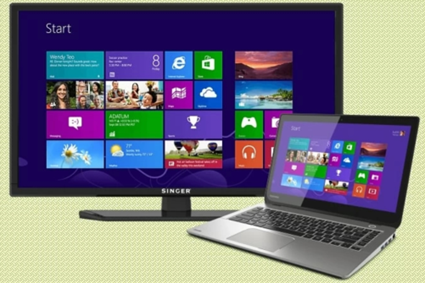
Use Chrome Browser or the Companion App to Cast
To cast from your laptop to the TV via streaming devices, open the Chrome browser (for Chromecast) or use a companion app like Roku or Apple TV’s app. With Chromecast, click the three dots in the top-right corner of Chrome and select “Cast.” Choose your streaming device from the list, and your laptop screen will be mirrored or streamed to your TV. Ensure your laptop and streaming device are connected to the same network for seamless casting.
Manage Resolution and Playback Controls Remotely
Once connected, you can control video playback, adjust the resolution, and manage other settings from your laptop or via the streaming device’s app. For better image quality, adjust the resolution settings in your laptop’s display preferences. Streaming devices typically offer remote control options or mobile apps, which allow for easy playback control. Check the streaming app’s settings to ensure the best streaming experience for your content.
Troubleshooting Laptop-to-TV Connection Issues
Sometimes, technical issues can prevent a smooth connection. Here’s how to troubleshoot common problems when linking your laptop to your TV.
Check Cable Integrity and Port Cleanliness
Inspect the HDMI cable for any visible damage, like fraying or bends, which can disrupt the signal. Also, check the HDMI ports on both your laptop and TV for dust or debris that may affect the connection. Use a soft cloth to clean the ports and ensure a secure connection. If the cable seems damaged, try replacing it with a new one to restore a stable signal.
Update Drivers and System Software
Outdated drivers or system software can cause connection problems. Ensure that your laptop’s graphics drivers and operating system are up to date by checking for updates in the device manager or system preferences. This can resolve compatibility issues with your TV and improve connection performance. Many TV manufacturers also provide firmware updates, so check your TV’s software version and update it if necessary.
Restart Devices and Test with Alternative Methods
If the connection isn’t working, try restarting both your laptop and TV. A quick reboot can resolve temporary glitches that interfere with the connection. If the issue persists, test the connection using a different method (such as wireless casting instead of HDMI) to determine if the problem lies with the cable, device, or settings. This can help identify the root cause of the problem and get your devices connected.
Conclusion
Connecting a laptop to a TV is a simple process, whether you choose a wired or wireless option. HDMI cables offer reliable and high-quality connections, while wireless methods like Miracast and AirPlay provide flexibility without the need for cables. Streaming devices can further enhance the experience, allowing for easy casting and streaming. By following the steps in this guide and troubleshooting potential issues, you can enjoy content from your laptop on your TV with ease. Try these methods and enjoy your larger screen viewing experience today.
FAQ
1. Why is there no sound when I connect my laptop to the TV?
This issue may arise if your laptop is set to output sound to a different device, such as external speakers or the built-in laptop speakers. To fix this, right-click the sound icon on your laptop, select “Playback devices,” and choose your TV as the output device. Ensure the volume is unmuted on both your laptop and TV.
2. Can I connect a laptop to a TV without Wi-Fi?
Yes, you can connect a laptop to a TV without Wi-Fi using an HDMI cable or a wired connection. Simply plug the cable into the appropriate ports on both devices, switch the TV input, and adjust your laptop's display settings to project onto the TV. This method doesn’t require an internet connection.
3. What’s the best resolution setting for a TV display?
The optimal resolution depends on your TV’s display capabilities and your laptop’s graphics card. For most modern HD TVs, a resolution of 1920x1080 (Full HD) is ideal. For 4K TVs, use a 3840x2160 resolution if your laptop supports it. Check your laptop's display settings to match the TV's resolution for the best visual experience.



